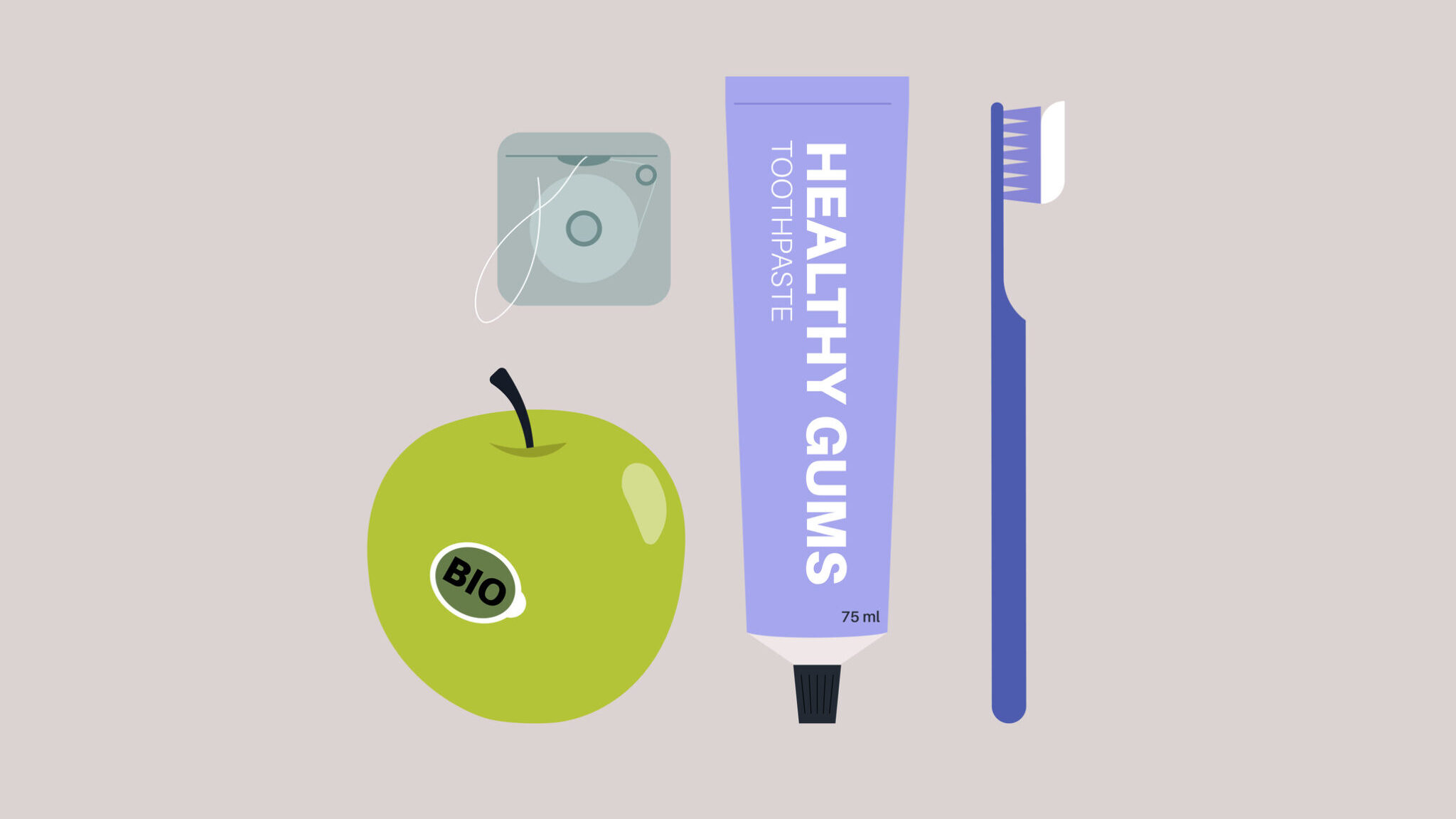One of the biggest challenges that plagues most dental offices is downtime in the hygiene schedule. Even now when there is increased access to contact patients through email, text messages, holes may still remain in the hygiene schedule. This is a common problem that requires a common solution.
Dentistry is a relationship business and human contact remains the most important motivator that helps patients to keep their appointments. I have client who rarely experienced no shows in his restorative column, yet just two weeks after implementing an automatic email system, he had 3 no shows in one day. That was highly unusual and distressing to the doctor. The patients that didn’t attend the appointment were loyal patients who were used to receiving a call from the office. Although these are great systems and increase the efficiency of the practice, it’s not for everyone. It’s important to know your patients’ preferences and not become too reliant on emails and text messages.
After careful observation of the challenges that my clients’ offices face, it is my opinion that one of the biggest contributors to patients not showing up for appointments is email complacency. Contacting a patient by email certainly saves time for the receptionist or hygiene coordinator, but emails are easier to ignore, impersonal and much too easy to delete.
What works best is a combination of emails and telephone calls. I have several clients who have employed hygiene coordinators, even on a part time basis. One of my clients hired a hygiene coordinator 2 days per week and increased their hygiene production by as much as 30% within two months. The dramatic and proven results were achieved by having someone dedicated to making outgoing calls.
If you want to fill your hygiene schedule and reduce no shows and short notice cancellations, follow these five simple steps:
1. Use the telephone. Make outgoing calls for continuing care every day. If you don’t have the resources to employ someone to make these calls, then restructure the administrative activities to provide quiet uninterrupted time for the receptionist to make the calls. Provide her with specific scripting to make the calls effective. In two hours of focused time, she should be able to make a minimum of 25 calls per day.
2. Manage your patients’ expectations. How the appointment is scheduled in the first place will determine whether or not the patient will show up for the appointment. Use positive wording to help the patient see the value in the appointment and place the responsibility of keeping the appointment on the patient.
3. Do not refer to a dental hygiene appointment as a “cleaning.” A cleaning is something that can wait. It’s not an important appointment in the patient’s mind. How you speak to patients will help the patient to view the appointment as an important therapeutic appointment vs. a “cleaning” that can wait. Dental hygienists are regulated health care professionals who perform therapeutic services that affect your patients’ overall health. That is the main message that you want the patient to understand.
4. Implement a hygiene downtime policy. If a hygienist has a cancellation in the middle of the day, there is nothing that she can do to control that and it’s not fair that she shouldn’t be paid. Provide a guideline of what the hygienist is expected to do during the cancellation downtime. The receptionist could run off a list of any patients who are on a perio program or any of the hygienists patients who do not have a scheduled appointment. She can use the downtime effectively by calling her perio patients, or anyone who is due for a continuing care appointment. When patients hear directly from their dental hygienist, that is a strong message to the patient that this is an important therapeutic appointment.
5. Create the expectation that the patient has made the patient has made the appointment with the intention of keeping it. Ask them if they require a courtesy call instead of a confirmation call. When the patient makes the appointment, they are essentially making a confirmed appointment. When making the “confirmation” call, say to the patient, “This is your courtesy call. You have an appointment with Diane on Tuesday at 9:20 am. We are looking forward to seeing you then.” Don’t ask the patient to call you back to “confirm” that they received the call because this annoys the patient and it implies that there is an intention not to show up. This is very negative messaging and it really tells the patient that you don’t trust them. You expect your patients to trust you, you need to trust them and create the positive expectation that they will arrive for their appointment.
Control your hygiene schedule and don’t allow it to control you. Provide dedicated time for someone to focus entirely on the hygiene schedule and you will see dramatic results in a short period of time. Add value to the hygiene appointment. Patients are motivated to return by how they feel when they are at your office. Exceptional customer service means delivering a wow experience every time. Consistency is the key. Even if you are running behind and not having the best day, your patients should never feel your stress. Keep your hygiene schedules full by following simple tried and true methods.
Interested in contributing to Oral Health Group’s dental blog? Email marley@newcom.ca for more information!












